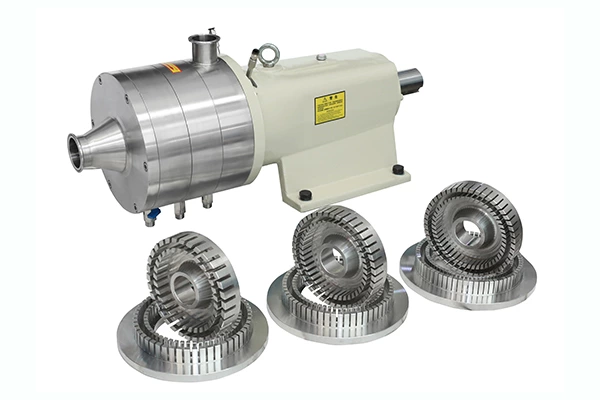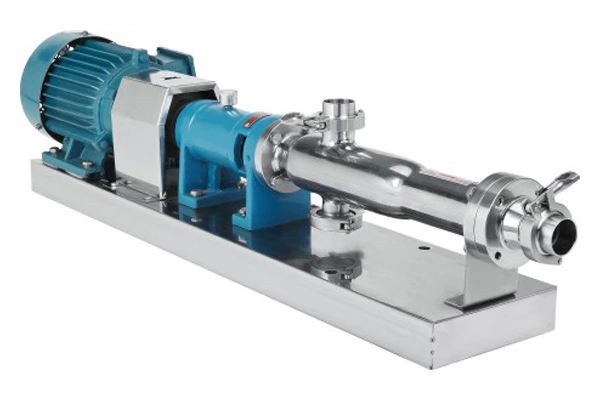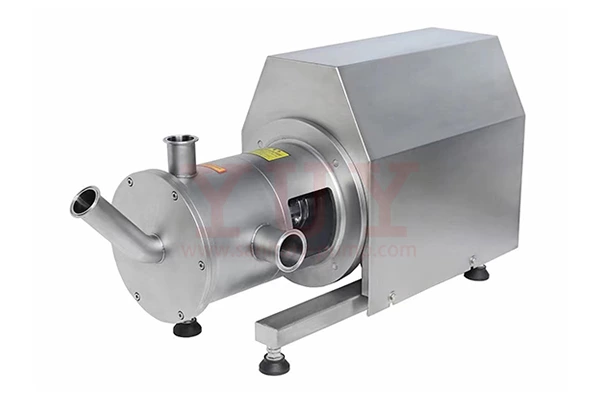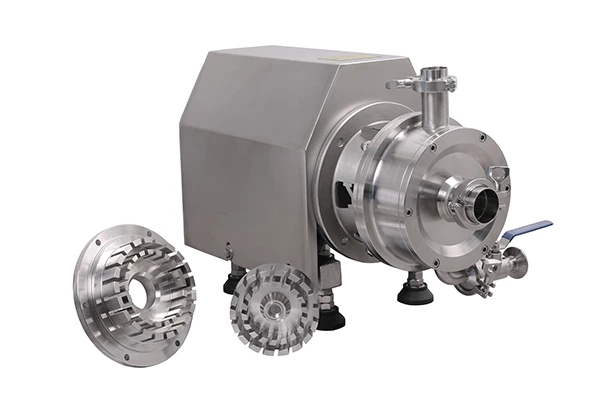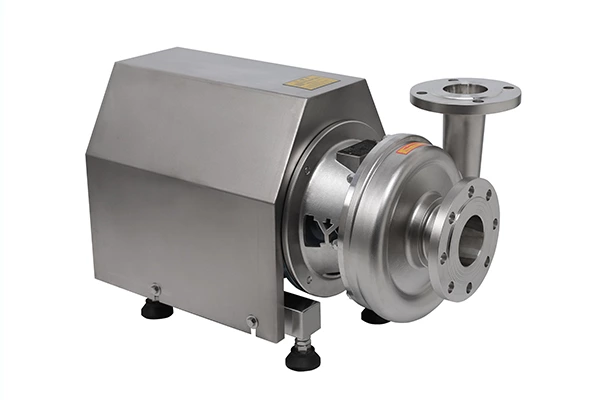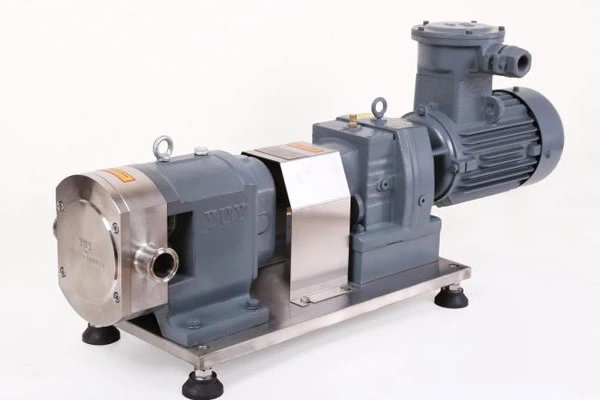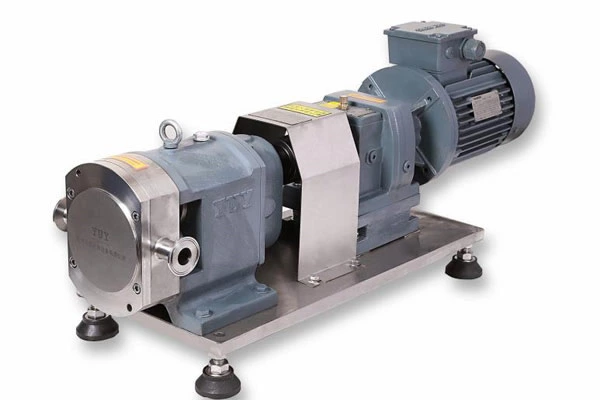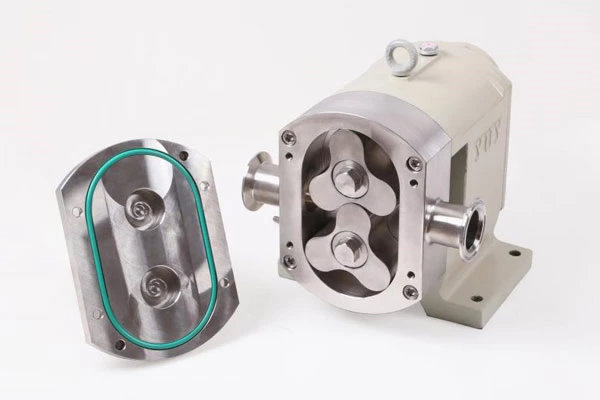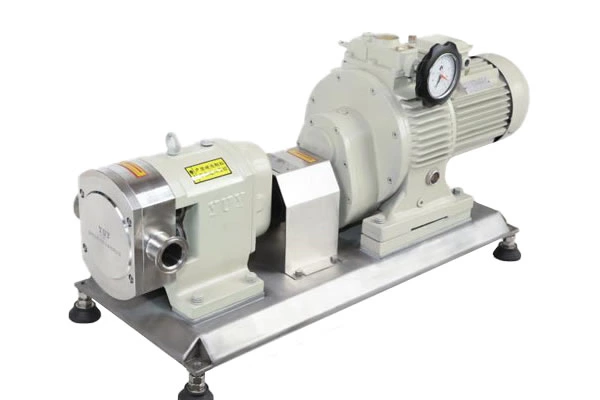Introduction To The Working Principle And Functional Characteristics Of Emulsification Pump
Emulsification Pump Introduction
Emulsification pump is a corrosion-resistant pump, mainly used for the transportation of corrosive liquids. It is a widely used pump in general equipment pumps. At present, the most widely used emulsification pumps for corrosive liquid transportation in the domestic market are made of stainless steel materials, because the emulsification pumps made of this material have the advantages of wide corrosion resistance and convenient maintenance and operation.
Acid and alkali resistant self-priming pumps are suitable for the pumping, circulation, and discharge of all chemical liquids and sewage containing acid and alkali corrosive components, and are widely used in electroplating, electronics, chemicals, leather, dyeing and finishing wastewater, waste gas and other industries. The KCL series pump head and motor are connected by a coupling, and its high-power model is favored by users who pursue large flow.
Emulsification pump category
Classification by working principle:
Positive displacement pump
The liquid is sucked and discharged by the movement of the working parts to cause the working volume to increase and decrease periodically, and the pressure of the liquid is directly increased by the extrusion of the working parts.
According to the different movement modes of the moving parts, it is divided into two categories: reciprocating pumps and rotary pumps.
According to the different structures of moving parts, they are divided into: piston pump, plunger pump, gear pump, screw pump, vane pump and water ring pump.
Impeller pump
The impeller pump transfers mechanical energy to the transported liquid by driving the liquid to rotate at high speed with the impeller.
According to the different structural characteristics of the impeller and flow channel of the pump, it can be divided into:
1) Centrifugal pump
2) Axial flow pump
3) Mixed flow pump
4) Vortex pump
Jet pump
It relies on the high-speed jet generated by the working fluid to eject the fluid, and then increases the energy of the ejected fluid through momentum exchange.
Pump shaft position can be divided into the following categories:
1) Vertical pump
2) Horizontal pump
According to the number of suction ports:
1) Single suction pump
2) Double suction pump
According to the prime mover driving the pump:
1) Electric pump
2) Steam turbine pump
3) Diesel engine pump
Emulsification pump application
Emulsification pump is widely used in chemical industry, acid production, alkali production, smelting, rare earth, pesticide, dye, medicine, papermaking, electroplating, electrolysis, pickling, radio, chemical foil, scientific research institutions, national defense industry and other industries to transport any concentration of acid, alkali, oil, rare and precious liquid, toxic liquid, volatile corrosive chemical medium.
Fluoroplastic emulsification pumps mainly include TCSF fluorine-lined non-leakage magnetic pump (all plastic type), TCF fluorine-lined non-leakage magnetic pump (steel lined type), TCBF fluorine-lined heat preservation magnetic pump, TCGF fluorine-lined high-temperature magnetic pump, TCZF fluorine-lined magnetic self-priming pump, TICF fluorine-lined non-leakage magnetic pump, TICBF fluorine-lined non-leakage high-temperature magnetic pump (with coupling type), TIBF fluorine-lined non-leakage heat preservation magnetic pump (with coupling type), TICZF fluorine-lined non-leakage self-priming magnetic pump, TSF fluorine plastic centrifugal pump (all plastic type), TIF fluorine-lined international standard centrifugal pump (steel lined type), TIBF fluorine-lined heat preservation centrifugal pump, TIGF fluorine-lined high-temperature centrifugal pump, TIZF fluorine-lined self-priming centrifugal pump, TLF fluorine-lined pipeline pump and TYF fluorine-lined submersible pump, etc.
Use and maintenance
1. Check whether the joints of the pump and the pipeline are loose. Turn the pump by hand to see if the pump is flexible, and then try to see the direction of the motor.
2. Add bearing lubricating oil to the suspension, and observe that the oil level should be between the two engraved lines of the oil mark.
3. Unscrew the water inlet plug of the pump body and fill the water.
4. Close the gate valve, outlet pressure gauge and inlet vacuum gauge of the outlet pipe.
5. Start the motor. When the pump is running normally, open the outlet pressure gauge and inlet vacuum gauge. After the pressure is displayed, open the gate valve gradually and check the motor load at the same time.
6. Try to control the flow and head of the pump within the range indicated on the pump nameplate to ensure that the pump operates near the high efficiency point for a long time to obtain the maximum energy saving effect.
7. During the operation of the water pump, the bearing temperature rise shall not exceed 35 degrees above the ambient temperature, and the maximum temperature shall not exceed 80 degrees.
8. If the pump has an abnormal sound, stop it immediately to check the cause.
9. When the pump is to be stopped, close the gate valve and pressure gauge first, and then stop the motor.
10. The lubricating oil of the pump shall be replaced after 100 hours in the first month of operation. After that, change the oil every 500 hours.
11. Adjust the packing gland frequently to ensure normal dripping in the packing chamber.
12. When the pump is used in the cold winter season, after stopping, the drain screw at the bottom of the pump body must be unscrewed to drain the water to prevent freezing and cracking.
13. If the pump is not used for a long time, the pump must be completely disassembled, the water must be wiped off, the rotating parts and joints must be greased and installed, and properly stored.
Product Features
The characteristics of the emulsification pump are that the pump has an advanced and reasonable structure, strong corrosion resistance, tight and reliable sealing performance, and stable operation. Low noise and long service life. The conveying medium temperature is -85℃~200℃, flow rate: 1.75-200m3/h, head: 4.5-87m, speed 1450-2900r/min
Features of corrosion-resistant self-priming pump
1. Unique shaft seal design-the built-in type adopts Teflon Bellow Seal self-cooling design.
2. Self-priming design - the self-priming force is particularly strong. The self-priming type can reach 6m, and there is a check valve design to prevent the liquid in the pump from flowing back.
3. Strong acid and alkali resistance, strong corrosion resistance, materials include CFRPP, FRPP, CPVC, PVDF (Teflon).
4. A bottom valve must be installed at the inlet to prevent the inhalation of foreign matter, and a check valve must be installed at the outlet to prevent the instantaneous backflow phenomenon during shutdown, which may cause damage to the pump body and damage to the pump idling.
